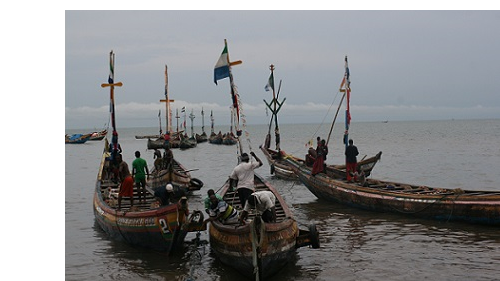After decades of political instability and civil war in Sierra Leone, the development of a vibrant private sector is a crucial element of the country's strategy to prevent a return to conflict. In particular, the government has placed priority on supporting the growth of small and medium sized enterprises (SMEs) as an engine for employment and social mobility. SMEs in Sierra Leone face a range of special constraints, but two in particular – credit constraints and risk – have been highlighted by local entrepreneurs as being especially binding. Recent work suggests that there are high returns to capital in SMEs, and that firms in developing countries are often constrained by a tight credit supply. In post-conflict settings, monitoring and enforcing debt contracts is costly and potential creditors are deterred from relaxing this constraint. The role of risk, however, has received much less attention. Even in the absence of credit constraints, firms may fail to invest because output demand (or input supply) is highly uncertain. Rigorous research is required to help focus policymakers on the importance of risk insurance and credit.
The researchers propose to carry out a randomized experiment to estimate the competing effects of credit constraints and risk on retail firms at the end of commodity supply chains in Sierra Leone. The experiment is unique in that it will study both the direct effects of these constraints on SMEs, and also how these constraints propagate along the supply chain to affect the business of upstream suppliers. A population of approximately 100 SME clients of a transport company will be randomly assigned to receive a trade credit, demand insurance, or both, and the team will collect detailed transactions data to measure the effects on retailer purchases from the transport company, as well as other inventory decisions, turnover, sales, and return on assets. The results will include standard experimental treatment effects, and the calibration of a structural model of the upstream suppliers' decision to offer such products.
This research will address the following questions: (i) Does relaxing credit constraints on retailers (by providing trade credit) significantly increase demand for the transport company’s transported goods? (ii) Does reducing the risk exposure of retailers (by insuring against consumer demand shortfalls) increase demand for the transported goods? (iii) Do credit constraints or risk exposure explain more variation in retailer demand?






